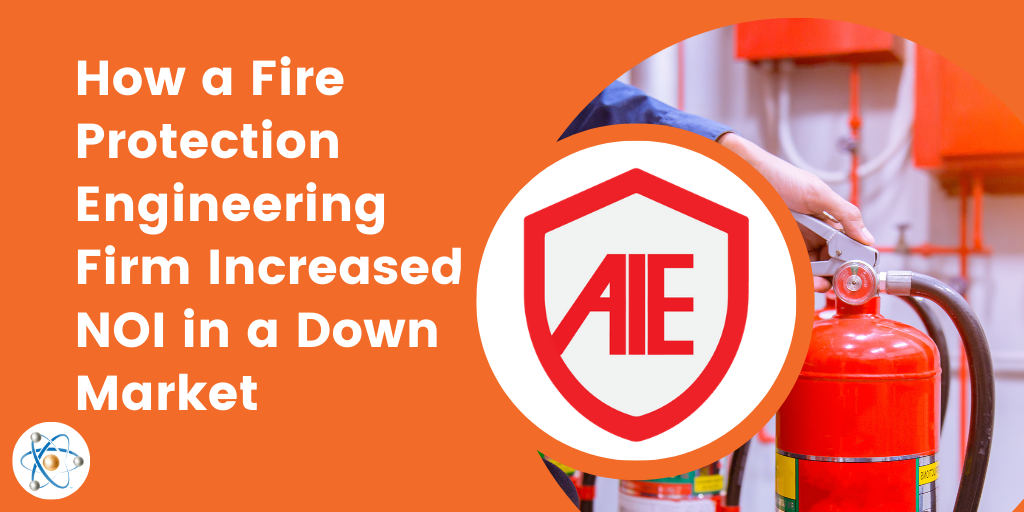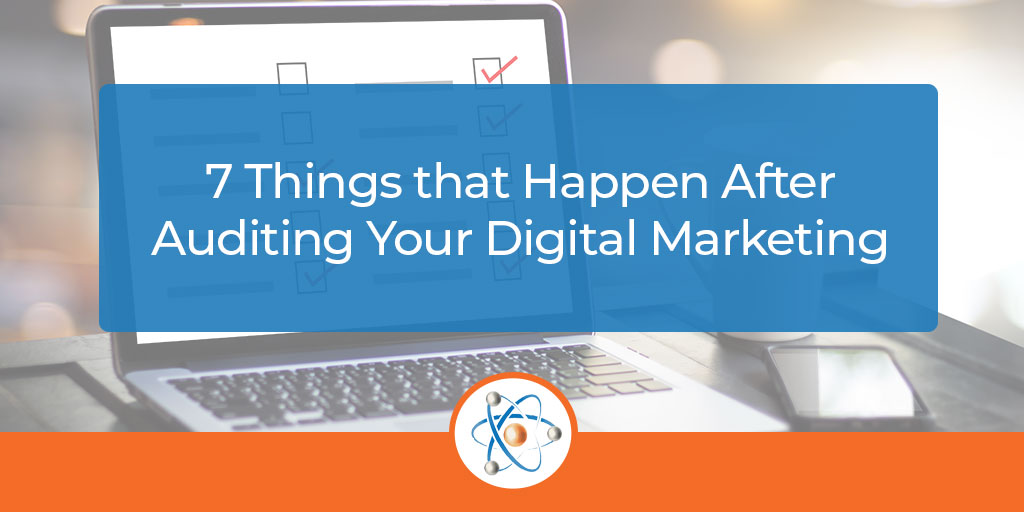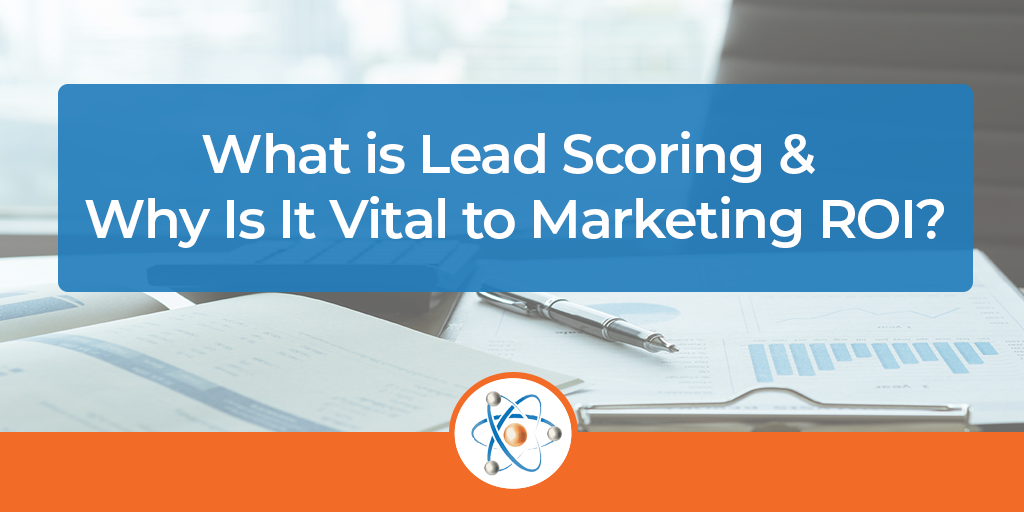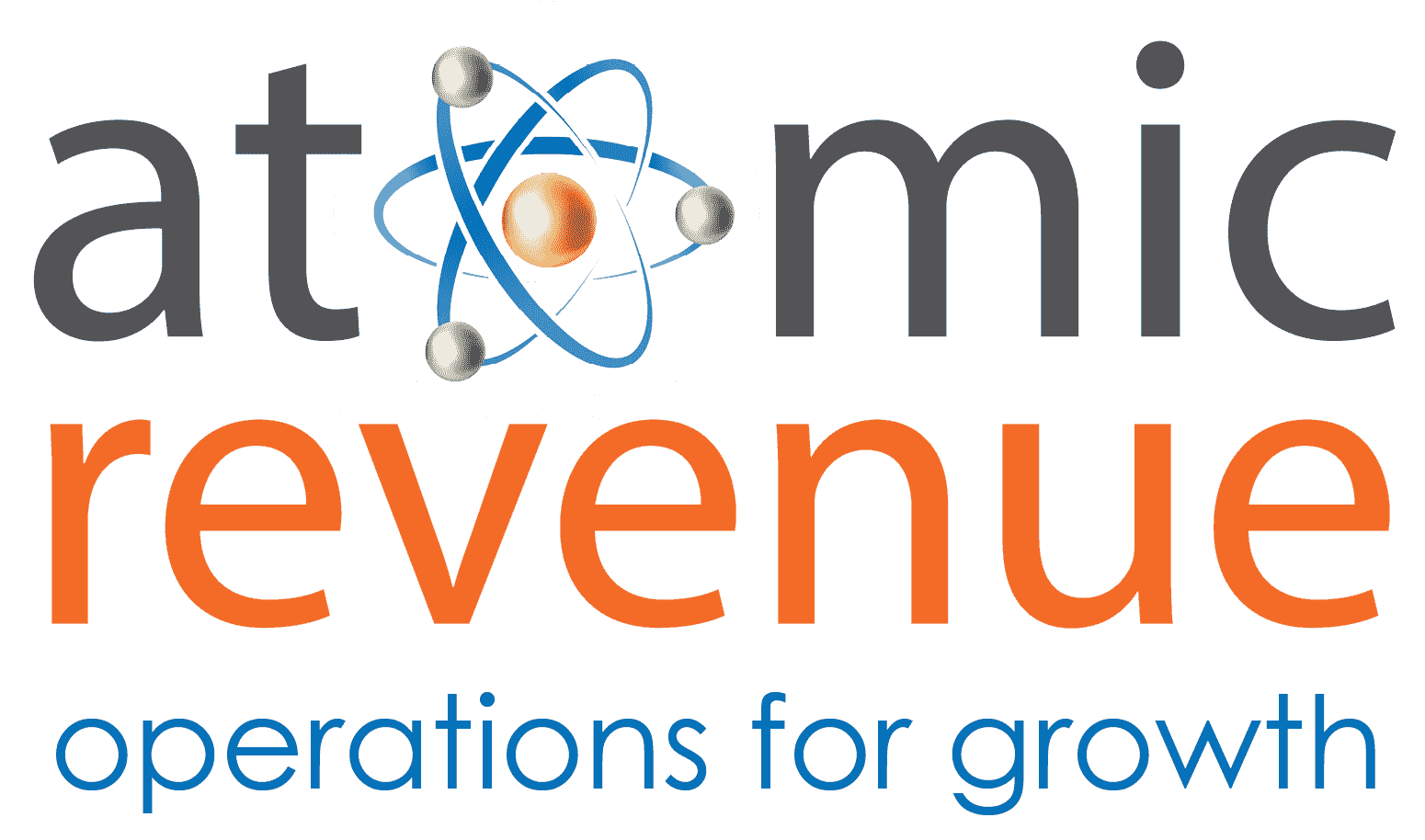Do your sales reps do their own thing? Are you able to develop goals, measure results, and adjust expectations and actions based on data or is it a free-for-all? According to recent studies, only 33% of sales reps’ time is spent actively selling1, and 40% of their time is looking for someone to call2. Add to that the fact that up to 70% of the B2B buyer’s journey is complete before a sales rep is ever involved in the process. It’s no wonder companies are struggling to increase revenue.
Is your B2B company, like so many others right now, seeing stagnation in good, qualified leads? Are your salespeople working their lead gen tools without much success? Is lack of new leads tempting you to respond to one of the many social media solicitations for outsourced lead generation services? You’re not alone. More companies are exploring this option but have concerns about how to choose a great B2B lead generation company.
How a Fire Protection Engineering Firm Increased NOI in a Down Market
When Atomic Revenue met the AIE management team in 2019, the company was facing a myriad of challenges, including, but not limited to, the fact that most revenue was tied to one client who was contemplating a reduced contract. AIE, also known as Alternatives in Engineering, also had a confusing brand identity, a website security issue, a longer sales cycle than most, trade show spend that was not paying off, and a multi-generational family leadership team taking over the company. Then the pandemic hit, and their largest client did, in fact, minimize their service contract.
Are you refreshing your B2B company’s go-to-market strategy (GTMS) because the market has changed, or your offerings have evolved? Maybe you’re launching a new product or service or building an entirely new line of business?
On a scale of 1-10, how much does your company value customer advocacy? To tell you the truth, viewing customer advocacy as anything less than a 10 (major business priority) means that your company is likely missing out on opportunities to reduce customer acquisition cost, boost brand awareness, and increase revenue. That’s why customer advocacy makes up ⅓ of Revenue Operations, along with lead generation and sales conversion. It’s a vital part of business growth!
An effective Chief Revenue Officer is an integrator. A successful facilitator. A tech-savvy leader who is the champion of companywide objectives across all departments. Ultimately, a CRO knows when, where, and how to ensure anything and everything that affects revenue outcomes – all people, process, and data – is on track.
Last month, our team helped lead another edition of Midwest Manufacturing Advisers’ Tough Topics in Manufacturing webinar series, featuring speakers from Swip Systems, Mueller Prost, Evans & Dixon, and Atomic Revenue. In keeping with the theme, our panelists discussed manufacturing business strategies (both pre- and post-COVID), technology and remote working, employee safety, budgetary factors to consider in 2021, marketing and sales strategies, workplace environments, and more.
No matter how you slice it, you can’t afford to NOT be on social media. Yes, even you, B2B companies. Regardless of what you sell and who you sell it to – I’ll re-state what we at Atomic Revenue continue to drive home to our clients – you are selling to people. And what do people do when they are not working? How do they communicate with their peers and family, learn new things, keep an eye on their industry, get to know new people at companies, and become inspired? Social media. No matter what products or services you offer, you can benefit from B2B social media marketing.
Since your business’s digital footprint has never been more important, you took the first step to make sure it’s the best it can be with an audit. At Atomic Revenue we call these Digital Operations Audits. But now what? What did you do with the information gathered from that audit? Now you have all this info, but where do you start?
If you throw money at marketing activities assuming you know what your prospects and customers need or what is popular at the moment, you’re missing out on a sure-fire way to earn the ROI you desire and convert prospects into happy customers and customers into advocates. How? With Lead Scoring.

.png)












